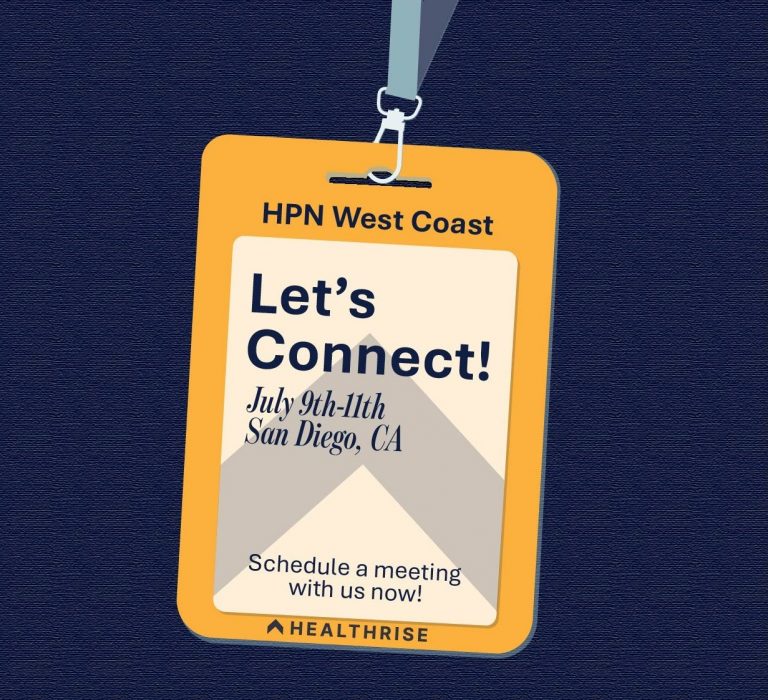

By: Gina Stinson, Senior Director, Revenue Cycle
Everyone who has ever been to a hospital or clinic has been through the patient registration process. If you’re not part of revenue cycle management, you probably don’t realize just how important it is to get a patient’s upfront registration correct. In many cases, it costs tens of thousands of dollars when it’s done incorrectly.
So let’s start with the basics.
What is in a patient registration?
The basic function of patient registration is to create/assign account numbers for defined episodes of care (also known as encounters) and to link each account to the identified patients’ medical records. If no medical record exists patient registration creates a new medical record number. Seems simple and straightforward, and this single connection of linking the account created to an existing record is, but there is much more to the picture.
Patient registration includes the capture and validation of data. The data capture areas include information on the patient, the payor(s), provider, service, compliance, payment, etc. Let us zoom in to learn more:
- Patient Demographics: captures information regarding the patient such as their name, date of birth, address, phone, email, employer, account guarantor, emergency contact information, etc.
- Payor Demographics: captures information regarding primary, secondary, and tertiary payors including insurance/payor coverage information, selecting payor plans in the system (Managed Care payor, Medicare, Medicaid, Managed Caid/Care, Commercial, Worker’s Comp, etc.), need for and acquisition of service approvals (referrals, pre-certifications, authorizations), etc.
- Provider Demographics: ordering provider/surgeon, name, NPI, etc.
- Service-Related: Confirmation of order on file, order validation (dated, signed, etc.), service and service location selected in the system for walks-ins or validation for scheduled patients, may include bed selection and assignment (varies by provider site), etc.
- Compliance Related: Processing of general patient consent forms and notices for provider, local, state, and federal regulators and other provider-specific forms that ensure provider and patient protection (may include Medicare ABN, MOON, and related forms), etc.
- Payment Related: Patient liability estimates, requesting, collecting, receipting, and securing patient liability payments
Every piece of information gathered by patient registration is used at some point in either a pre-service, time-of-service or post-service capacity.
Patient, provider, service, and payor information is pivotal to the pre-service process where insurance is verified, benefits are reviewed, and patient liability is determined. It is critical to ensure insurance information is processed accurately as the ultimate outcome of this process (i.e., patient’s liability) can determine whether a patient will continue with care or not. Because care for patients is important to their overall health, it is important to ensure everything selected and identified is done so correctly to ensure no miscommunications or misunderstandings occur.
At the time-of-service patient, provider, and service information are more critical to the process. First and foremost, the identity of every patient should be validated prior to service rendering for patient safety purposes. If a patient’s scheduled procedure or test is modified during the course of service, such as from MRI with contrast to MRI without contrast, this information must be relayed back to the insurance carrier to prevent a claim denial which means the rendering department should notify the patient registration or their designee about the service change. If a patient is admitted as an inpatient, payor/insurance information remains a critical element as the provider’s case managers must interact with the payor’s utilization management teams to obtain initial and ongoing service approvals for all inpatient care to prevent claim denials. These interactions are done on either a periodic or daily basis. Additionally, Medicare patients are to be provided with certain forms/notices when they are either an inpatient or have been placed in observation. Knowing which patient requires which form and when is rooted in accurate insurance selection. Failure to provide Medicare forms per regulation is a compliance matter.
Information gathered during the pre-service and time-of-service is subsequently used post-service when the encounter is coded and prepared for claim submission to the insurance carrier. The claim is generated and routed through the claim billing process which then uses almost all information gathered as part of the pre-service and time-of-service processing for each patient. If the information captured is inaccurate or missing, it can result in claim denial. Information captured is also used for patient account resolution. The goal of patient accounting is to bring the account balance to zero. If insurance information is not accurate the process of bringing an account to zero balance is impacted creating both patient and internal dissatisfaction.
Additionally, all information captured along the way and linked to the patient’s account or medical record is used for reporting. Reports are generated for both internal operational management and financial reporting, as well as external reporting to local, state, and federal entities as required.
Collecting the registration process begins the account creation and linking process and impacts every step of the patient account, service rendering, and account resolution process. Accuracy and data integrity in this process is critical to the financial health of providers as the cost to collect for upstream data capture errors is costly. It behooves health care providers to ensure time, talent, and technology are capitalized on in the front-end to ensure all subsequent downstream operational, systematic, and business processes can run as efficiently as possible.
Learn more about the Consulting Services offered by Healthrise – Schedule a Free Consultation.



